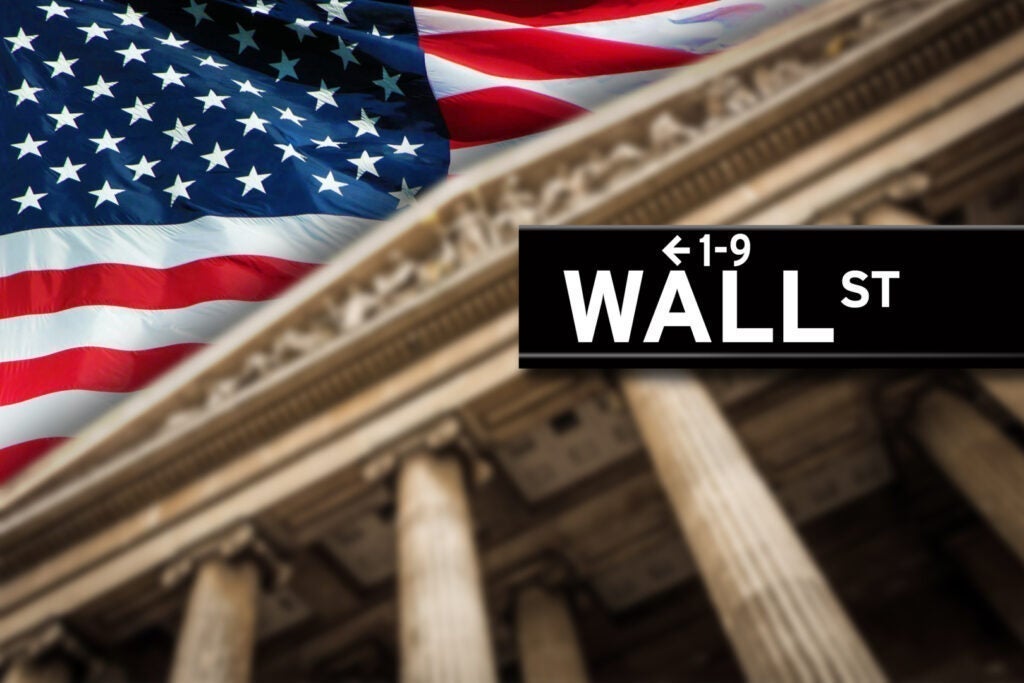The most important Federal Reserve decision day is upon us and market participants wait with bated breath regarding what Chairman Jerome Powell and his rate-setting committee team would deliver. Betting market odds suggest a steeper cut is more likely than a shallow one most economists have been factoring in.
The Odds: The September Federal Open Market Committee meeting kicked off on Tuesday and the central bank will announce its rate decision via a post-meeting policy statement at 2 p.m. EDT. The apex bank will also release its latest “Summary of Economic Projections,” which consists of the dot-plot chart, plotted based on Fed officials’ expectations of near- and medium-term interest rates.
The chances of a 50 basis-point cut at the September meeting is 55% and that of a more modest 25 bps cut is 45%, according to data available on blockchain-powered prediction market Polymarket. The odds of another pause or a 25 bps hike are 1% and less than 1%, respectively.
Meanwhile, the futures market has priced in a steeper 63% chance of a 50 bps reduction and a 37% probability of a 25 bps cut.
But economists are less sanguine about a steeper cut. Wolters Kluwer, a provider of professional information and software, published its September issue of Blue Chip Economic Indicators in which it said 86% of the economists surveyed foresaw a 25 bps cut and also cuts of similar magnitude at each of the remaining three meetings of the year.
The results of the latest CNBC Fed survey suggested a 96% probability of a Fed rate cut in September, with 84% of the respondents going with a 25 bps cut. The respondents see the Fed funds rate at 3.7% at the end of 2025 while mentioning 3.3% as a neutral rate. The neutral rate is the rate at which the monetary policy is neither expansionary nor contractionary – one at which the economy operates with full employment and stable inflation.
The 27 respondents to the survey included investment strategists, economists and fund managers, CNBC said.
See Also: Best Value Stocks
Why It’s Important: A bigger cut will send the message to the market that the economy is in trouble, according to Nomura Managing Director, Cross-Asset Macro Strategy, Charlie McElligott. Financial Times reported. “When I hear people say ‘Well, 50 bps is telling the market that the Fed thinks we have a big problem and could lead to a risk-off tantrum,’ my thought is that NOTHING in this steroidal, Frankenstein — cycle has been normal,” he reportedly said.
Drawing cues from history, Nomura said the S&P 500 has been down 1% on average leading up to the previous 50 bps cuts. The best-performing sectors during this period are consumer staples and the worst performer is the tech sector. Energy, industrials, precious metals and small-cap Russell 2,000 stocks also don’t do well, Nomura’s analysis showed.
Three months after the cut, the S&P 500 doesn’t budge, with 2007, 2001 and 1974 being exceptions when it sold off hard, the firm said, adding that value outperforms growth during the period, the dollar rises, metals surge and the yield curve steepens. The firm recommended buying small-caps, which rise an average of 5.6%.
The SPDR S&P 500 ETF Trust SPY, which tracks the S&P 500 Index, ended Tuesday’s session up 0.04% at $563.07, according to Benzinga Pro data. The exchange-traded fund has gained 19.2% so far this year.
Read Next:
Image Via Shutterstock
© 2024 Benzinga.com. Benzinga does not provide investment advice. All rights reserved.








